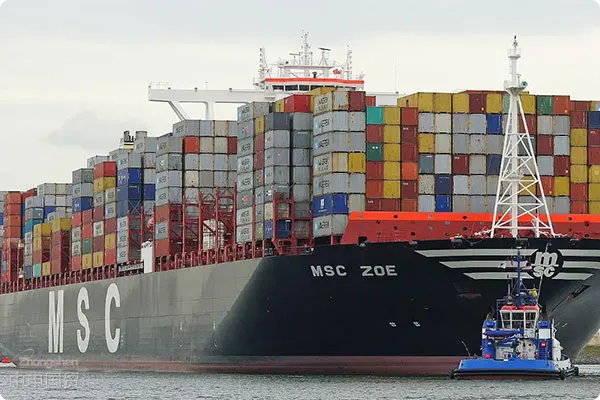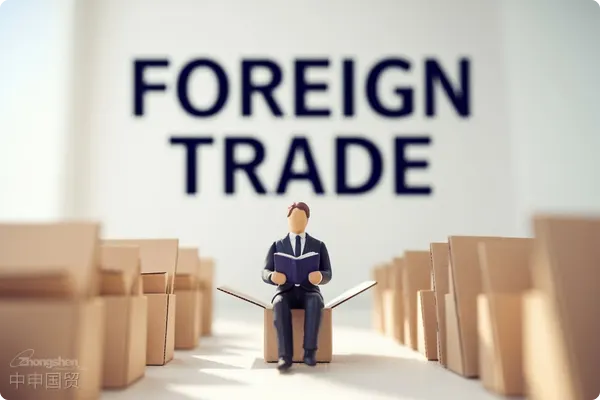- Shanghai Zhongshen International Trade Co., Ltd. - Two decades of trade agency expertise.
- Service Hotline: 139 1787 2118
In international trade, we often encounter this situation:Export ClearanceThe HS code (Harmonized System Code) usedImport Clearancedoesnt match the HS code on the invoice. For manyforeign tradenewcomers, this issue can be confusing. So which countrys HS code should prevail? How to handle inspections? Today well discuss this topic to clarify the approach.

I. Basic concepts of HS codes
First, we need to clarify the definition of HS Codes.HS CodeIt is the abbreviation for Harmonized Commodity Description and Coding System (Harmonized System), established bythe World Customs Organization (WCO)for classifying and identifying goods. Most countries and regions worldwide adopt this coding system to facilitate the classification and statistics of goods in international trade.
Code refinement by country
Althoughthe first six digits of HS Codesare universally standardized, the subsequent digits can be refined according to different national requirements. For example, if the first six digits of a products code are 123456, they should remain consistent whether you are declaring exports in China, Japan, or Europe. However,the following digitsmay vary due to differences in national regulations, supervision requirements, and other factors. This is why the HS Codes for exports and imports sometimes differ.
HS codes for export vs import
For exports, we must declare HS Codes according tothe customs requirements of the exporting country.For instance, when exporting from China, you need to use Chinas HS Codes for customs declaration. Upon arrival in the importing country, the importer must use the importing countrys HS Codes for customs clearance based on its customs requirements. Therefore,it is normal for the HS Codes on the export declaration to differ from those on the import clearance invoice..
II. Which countrys HS code prevails during inspection?
During inspections, customs authorities operate based on their respective countries HS Codes..
- Export country (e.g., China) inspection: Chinese customs inspections are based on the export declaration.China HS CodeIn other words, during export customs declaration, the submitted documents and declared codes must comply with Chinas customs regulations, which is crucial for ensuring smooth export of goods.
- Import country inspection: After the goods arrive in the importing country, the customs authorities there conduct inspections based on their own HS Codes. For example, when goods enter the EU, EU customs will review and inspect them according tothe EUs HS Codes.At this stage, the HS Codes used by the importer may differ from those declared in China, but this does not affect the legality of customs clearance.
III. Potential issues and solutions
Although the first six digits of HS Codes are globally standardized, the subsequent digits may vary due to different national refinement rules, which can lead to the following issues in practice:
Customs clearance difficulties due to code discrepancies
Sometimes, discrepancies between export and import HS Codes may raise questions from the importing countrys customs or trigger additional inspections. This is especially true when such discrepancies result in tariff differences, affect regulatory conditions, or impact specific trade preferences. In such cases, the importing countrys customs may require the importer to provide explanations or additional supporting documents.
IV. Other Precautions
- Prior communication: Before exporting, thoroughly communicate with the importer to ensure both parties have a consistent understanding of the product classification and coding.
- Document consistency: Ensure that the product descriptions on relevant documents (e.g., contracts, invoices, packing lists) are clear and consistent, which helps better explain the products specific attributes during import customs clearance.
- Reasonable explanation: If the importing countrys customs questions the HS Code discrepancy, the importer can justify the difference based on the products specific characteristics and the documentation from both parties.
Inability to enjoy tariff preferences
In some cases, differences in HS Codes between the importing and exporting countries may affect eligibility for specific tariff preferences or trade agreement benefits. For example, a product might not qualify for certain tariff reductions in the importing country due to HS Code discrepancies, potentially leading to additional costs.
IV. Other Precautions
- Review trade agreements and tariff policies: Before exporting, confirm with the customer the specific tariffs and preferential policies of the importing country to ensure that differences in HS codes do not cause unnecessary economic losses due to tariff discrepancies.
- Collaborate with freight forwarders and customs brokers: Freight forwarders and customs brokers have extensive experience and knowledge of tariff regulations and HS code details in various countries. Consulting them in advance can help resolve such issues.
IV. Practical operation recommendations
To better address potential problems caused by inconsistent HS codes, here are some practical operational recommendations:
- Confirm the import HS code with the importer in advance: Before exporting, it is advisable to confirm the HS code used by the importing country with the importer to ensure smooth customs clearance. This can avoid unnecessary complications and help the customer estimate clearance costs more accurately.
- Consult freight forwarders or professional customs brokers: Freight forwarders and customs brokers have extensive experience with HS codes. If there are doubts about code selection, consulting them can ensure the declared HS code is compliant and reasonable.
- Document consistency: Maintain consistency in product descriptions across trade documents (e.g., contracts, invoices, packing lists). This helps customs officers understand the true nature of the goods and reduces inspection-related issues.
V. Summary
In international trade, it is very common for the HS codes used by exporting and importing countries to differ. Export inspections are based on the exporting countrys HS codes, while import clearance requires declaration using the importing countrys HS codes. To avoid clearance problems caused by code discrepancies, it is recommended to communicate and prepare in advance to ensure consistency across all documents.
Most importantly, maintain close communication with customers, freight forwarders, and customs brokers to understand the different HS code requirements of various countries, ensuring confidence and smooth operations.
Related Recommendations
? 2025. All Rights Reserved. Shanghai ICP No. 2023007705-2  PSB Record: Shanghai No.31011502009912
PSB Record: Shanghai No.31011502009912










